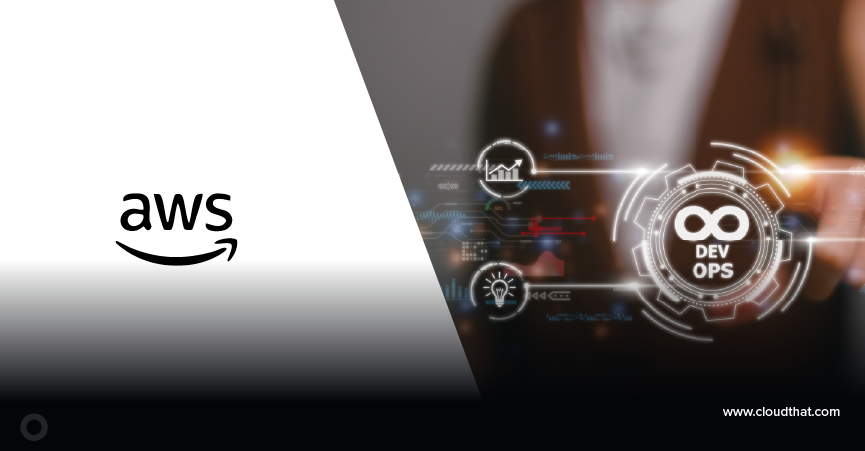|
Voiced by Amazon Polly |
Introduction
In a world that’s becoming increasingly voice-first, integrating voice interfaces into applications isn’t just a novelty—it’s a necessity. Whether it’s smart assistants, customer service bots, or productivity tools, users today expect to interact with technology naturally using their voice.
This blog will walk you through how to create a serverless, voice-enabled chatbot using Amazon Bedrock for conversational AI, Amazon Transcribe for speech recognition, Amazon Polly for speech synthesis, and AWS Lambda for orchestration—all integrated through Amazon S3 and optionally exposed through API Gateway for frontend apps.
By the end, you’ll have a complete understanding of how to take a user’s voice input, transcribe it, understand and respond intelligently using a foundation model, and convert the response back into natural speech.
Cloud Consulting for AWS Media Services: Achieve Peak Performance
- Unlock Efficiency
- Transform Media Capabilities
Architecture Overview
The system architecture can be broken down into these primary services:
- Amazon S3
Used to store:
- Uploaded voice recordings from the user.
- Text transcripts (optional).
- Final speech audio files generated by Polly.
- Amazon Transcribe
- Converts speech (from user-recorded audio) into text.
- Supports real-time and batch transcription.
- Can handle multiple languages and speaker identification.
- Amazon Bedrock
- Provides access to state-of-the-art foundation models like Claude (Anthropic), Titan (Amazon), Llama (Meta), and Mistral.
- Used to analyze user intent and generate relevant, contextual responses.
- Fully managed—no need to fine-tune or host models.
- Amazon Polly
- Converts Bedrock’s text response into lifelike speech.
- Offers dozens of natural-sounding voices and multiple languages.
- Supports standard and neural voices for better realism.
- AWS Lambda
- Orchestrates the workflow between services.
- Fully serverless, scales automatically, and supports event-driven execution.
- API Gateway (optional)
- Provides a secure REST API endpoint for frontend apps to interact with Lambda and the backend services.
Workflow: End-to-End Process
Here’s a typical interaction between the user and the chatbot:
Step 1: Voice Input
- A user speaks into a frontend interface (web, mobile, or voice device).
- The recording is uploaded to an Amazon S3 bucket via API or directly from the app.
Step 2: Speech to Text with Amazon Transcribe
- AWS Lambda triggers Amazon Transcribe to process the uploaded audio.
- Transcribe returns the text version of what the user said.
- Example output: “Where is my package right now?”
Step 3: Natural Language Response from Amazon Bedrock
- The transcribed text is sent as a prompt to Amazon Bedrock.
- You can customize the prompt format to match your chatbot’s tone and personality.
- The model (e.g., Claude) returns a human-like response:
“Your package is currently in transit and should arrive tomorrow by 5 PM.”
Step 4: Text to Speech with Amazon Polly
- The response is passed to Amazon Polly, which synthesizes the speech.
- Polly returns an MP3 file that sounds like a human saying the response.
- This file can be streamed or downloaded by the client.
Step 5: Deliver Audio Response to User
- The final synthesized response is sent back to the client through API Gateway or a presigned S3 URL.
- The user hears the chatbot reply naturally—just like a human assistant would.
Hands-On Service Walkthrough
Amazon Transcribe Console
After uploading the audio file to S3, you create a transcription job.
Key fields:
- Input file location (S3 URI)
- Output format (JSON)
- Language (auto-detect or manually specify)
The result contains a transcript field with the user’s spoken text.
Amazon Bedrock Console
Use the Playground interface to test prompts manually before integrating into code.
Example Prompt:
Human: Where is my package?
Assistant:
The model replies with context-aware answers using Bedrock’s smart completion.
Amazon Polly Interface
Select a voice (e.g., “Joanna” or “Matthew”), paste in your text, and preview the voice response.
Polly supports SSML for custom pauses, emphasis, or even language-switching mid-sentence.

Amazon S3 Storage View
Organize folders for:
- input-audio/ – user uploads
- transcripts/ – JSON files from Transcribe
- responses/ – MP3 files from Polly


Use Case Example: Customer Support Assistant
User: “Can you tell me the status of my flight to New York?”
System Process:
- Transcribe: “Can you tell me the status of my flight to New York?”
- Bedrock response: “Your flight to New York is currently on time and scheduled to depart at 4:45 PM from Gate 32B.”
- Polly speaks this response in a friendly voice.
Real-life Applications:
- Travel agencies
- eCommerce delivery bots
- Healthcare appointment assistants
- Smart home assistants
Security and Scalability Best Practices
- IAM Roles: Use fine-grained permissions for each service (Transcribe, Bedrock, Polly).
- CloudWatch Logs: Enable detailed logging in Lambda for tracking and debugging.
- S3 Access Controls: Encrypt files at rest, block public access, and use bucket policies.
- Rate Limits: Monitor quotas for Bedrock and Polly to prevent overuse.
Advanced Features You Can Add
- Real-Time Transcription: Use Amazon Transcribe streaming for live voice interaction.
- Conversation Memory: Maintain chat history using Bedrock’s session memory or DynamoDB.
- Multilingual Support: Automatically detect and respond in the user’s preferred language.
- Frontend Integration: Use WebRTC or React to create interactive web UIs.
Conclusion
You’ve now learned how to architect and build a fully functional voice-enabled chatbot using Amazon Bedrock and other AWS services. This approach requires no model training, scales with your demand, and supports multiple modalities: audio, text, and natural speech.
AWS Media Services Excellence: Unleash Potential with Cloud Consulting
- Embrace Innovation!
- Transform your Media Capabilities
About CloudThat
CloudThat is an award-winning company and the first in India to offer cloud training and consulting services worldwide. As a Microsoft Solutions Partner, AWS Advanced Tier Training Partner, and Google Cloud Platform Partner, CloudThat has empowered over 850,000 professionals through 600+ cloud certifications winning global recognition for its training excellence including 20 MCT Trainers in Microsoft’s Global Top 100 and an impressive 12 awards in the last 8 years. CloudThat specializes in Cloud Migration, Data Platforms, DevOps, IoT, and cutting-edge technologies like Gen AI & AI/ML. It has delivered over 500 consulting projects for 250+ organizations in 30+ countries as it continues to empower professionals and enterprises to thrive in the digital-first world.

WRITTEN BY Priya Kanere
Priya Kanere is an AWS Subject Matter Expert and Champion AWS Authorized Instructor at CloudThat, specializing in cloud technologies, Python, data analytics, machine learning and generative AI. With extensive experience in training and mentoring, she has trained over 3,000 professionals to upskill in emerging technologies. Known for simplifying complex concepts through hands-on teaching and connecting theory with real-world applications, she brings deep technical knowledge and practical insights into every learning experience. Priya’s passion for empowering learners reflects in her unique approach to learning and development.


 Login
Login


 June 17, 2025
June 17, 2025 PREV
PREV










Comments